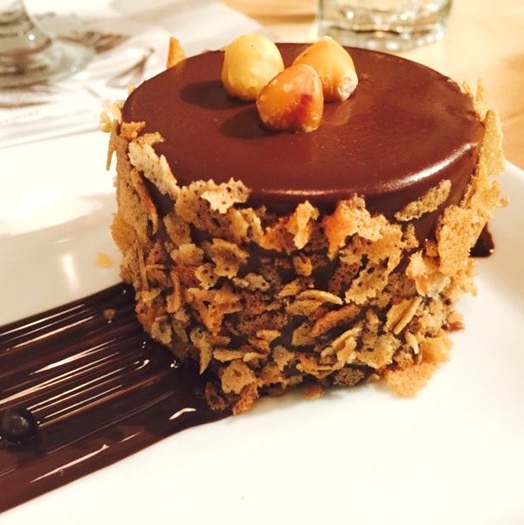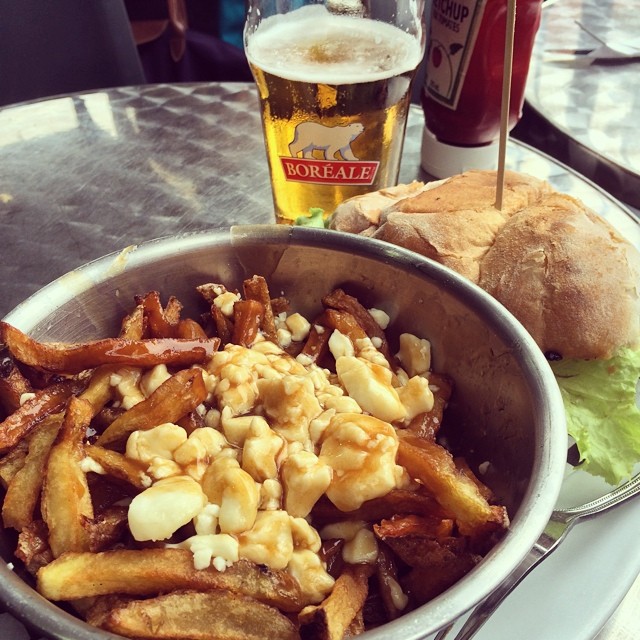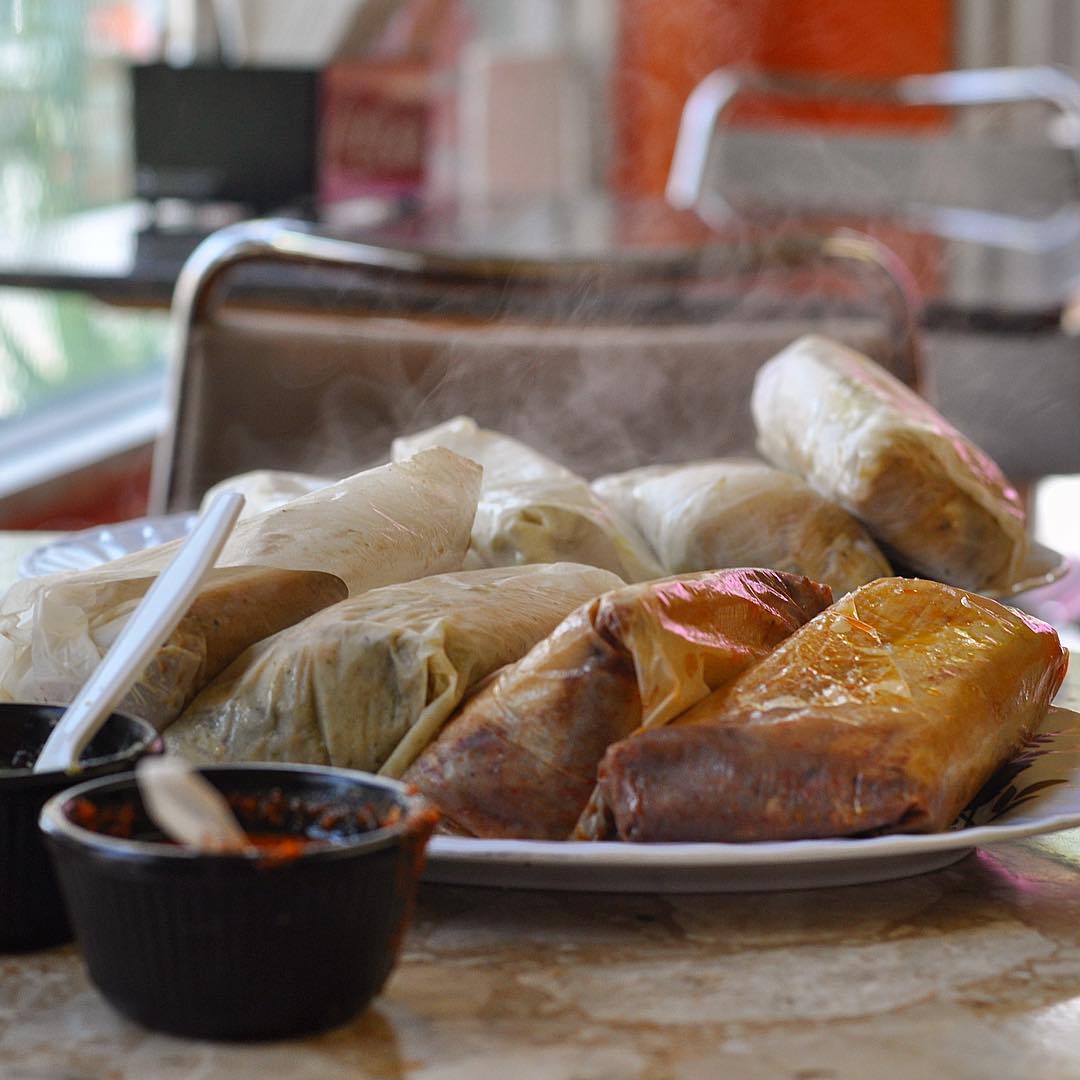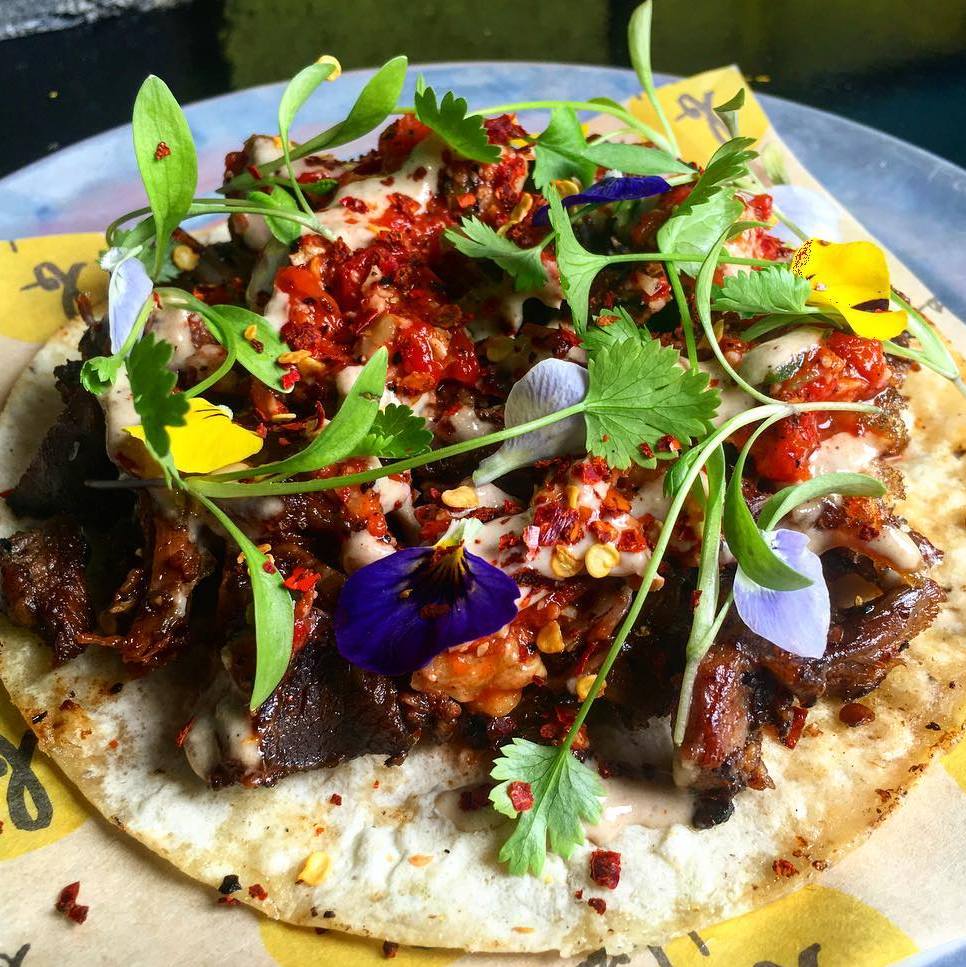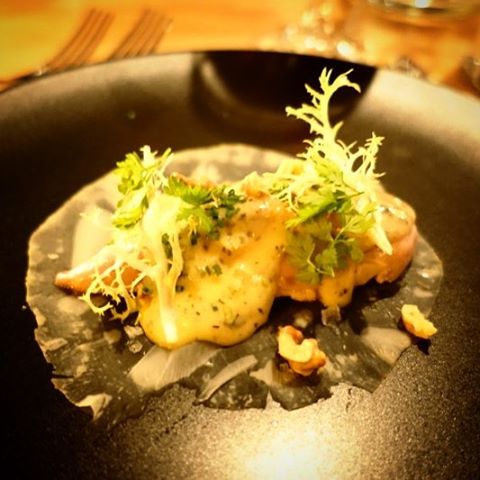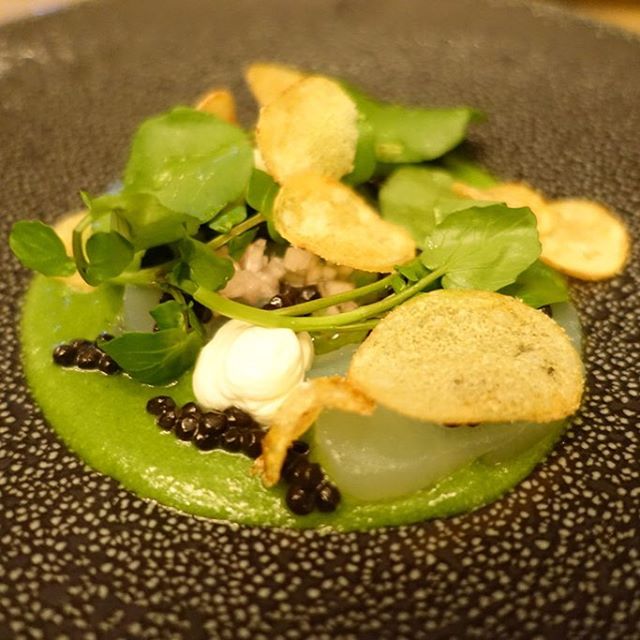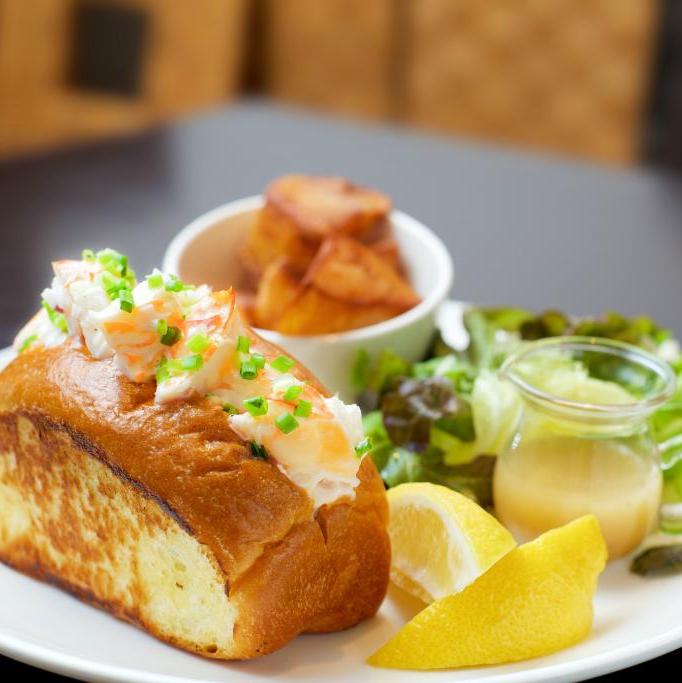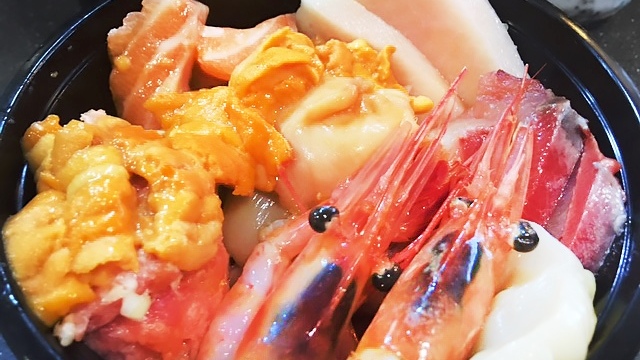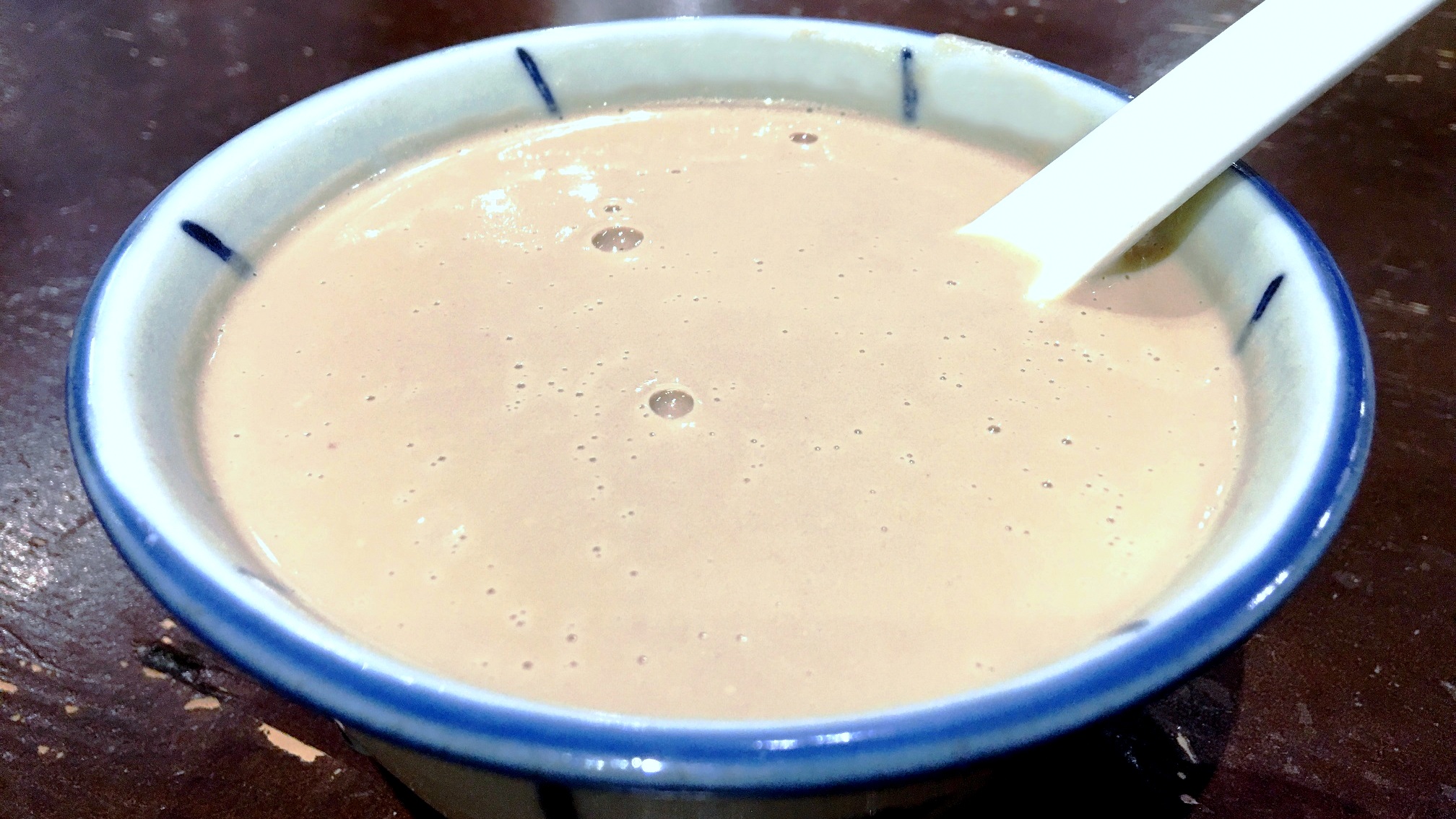Opened by chef Juliette Brun when she was just 22, her Montreal-based boutique specializes in chocolates, brownies, pralines and other chocolate delicacies. The dessert lounge dedicated to chocolate offers table service, take-out service and a chocolate shop to take goodies home. Look for chocolate shakes, milk chocolates, hot chocolates, crepes, waffles, brownies, fondue and pastries. It’s the perfect place to end a romantic date night or to catch up with old friends.
For Québécois comfort eats, fans head to this small, casual wood-walled shop near the Universite du Quebec a Montreal. The shop offers a great collection of traditional comfort eats, from six kinds of “pâté chinois” (shepherd’s pie), to poutine, a Canadian dish originating in the province of Québec made with french fries and cheese curds topped with a light brown gravy. Burgers, beer and wine are also popular. Try the “Mâche Burger, a hearty handful of seasoned Canadian beef, jalapeño Havarti cheese, caramelized onions, bacon, spring mix, tomato, ketchup and sesame mayonnaise.
This brightly colored cafe on a mostly residential street in East Los Angeles has been plating savory and sweet tamales, breakfast and soups since 1956. Critics rave about its oversized tamales. Made by hand, a layer of stone-ground masa is wrapped around fillings of pork, chicken and chili rellenos, then wrapped in cornhusk shells and steamed in a rich broth (not water). After the first bite, the sauce-heavy filling oozes out of the tamale.
An all-day taquería open daily from breakfast through dinner in the heart of Clerkenwell, Breddos Tacos began as a makeshift taco shack in a car park in Hackney in 2011. After a series of residencies and pop-ups, Street Feast, a cook book and a cook-off at LA’s Tacolandia festival in 2016, Breddos Tacos found a permanent home with 40 seats in Clerkenwell. Influenced by the hundreds of roadside taquerias and restaurants founders Nud Dudhia and Chris Whitney encountered on their travels throughout America and Mexico, their food showcases the best of British produce. Using a volcanic stone mill and tortilla machine imported from Mexico, look for classic tacos plus unusual twists like sea urchin tostadas, salsa verde-braised chicharrón, and pork al pastor with roasted pineapple. Sweet lovers should check out the blueberry churro French toast and ice cream tacos. For the perfect fiesta, wash it all done with agua fresca, mescal and craft beers.
If you like to eat with the seasons and aren’t a picky eater, you’ll love Reuring’s well-priced set menus. During the autumn season, guests dined on seasonal game – partridge and wild duck – with truffles, pumpkin and kale. The service is excellent, too. It’s a good safe bet for any occasion.
Local tip: Reuring's sister restaurant, Paskamer (which is more of a wine bar with sharing plates) is right across the street and is great for an aperitif before dinner or a more casual drinks and snacks evening.
See Vicky's Blog Post: http://tinyurl.com/hwpab8x
Restaurant Breda offers a five-, seven- or nine-course tasting menu that changes seasonally and is set by the chef. It generally features creative, well-prepared vegetables as well as fish and meat dishes - but what is serve depends entirely on the best produce available at the time. The wine list is extensive, with plenty of delicious organic and "raw" wines, and the service is impeccable. It’s a great venue for a special occasion.
See Vicky's Blog Post:http://tinyurl.com/zoafosg
It's not often you see a café take off, but this Taiwanese coffee bar certainly has. It even has two branches in Hong Kong. It’s no surprise it’s popular. Not only do they provide good service, but they have a great choice of beverages and an affordable menu with a modern mix of delicious Japanese and Western dishes. Interestingly, if rather strange for a coffee shop, they don’t serve coffee. Instead, they offer a unique hot fruit tea drink. This is tea brewed with fresh fruit, resulting in a nice balance of fruity sweetness. And here’s a tip on the food front: Don’t opt for the sandwich selection, but go for the lobster roll, a warm toasted brioche stuffed with chunks of lobster meat, before finishing with cakes or a warm waffle. Delish! Pro tip: They don't accept credit cards. So take cash.
Fancy a high-quality sashimi lunch at an affordable price? Not only does this place source fish from Japan, it has a unique lunch menu that allows diners to customize their own Chirashizushi ("scattered sushi"), which is a bowl of sushi rice topped with a variety of raw fish. To do this, they provide you with a long list of available fish, and you simply indicate the kind you want along with the number of pieces. Your bowl of Chirashizushi is then freshly prepared by the chef. As it’s a very small shop, seating just 7 people, making a reservation is a must.
Here’s something new from Michelin – a section in the Guide that they’ve called "Recommended Street Food." There’s quite a few places on the list, but one that stands out is a dessert shop that specializes in Tong Sui (which literally translates as sugar water), a soup or custard dessert that is served at the end of a traditional Cantonese meal. Types of popular Tong Sui include red bean, mung bean, black sesame, almond and walnut, to name just to name a few, while some dishes include egg, sago, rice ball, dried bean curd and even papaya! Here’s a quick word to the wise: Unless you’re a particularly ardent ginger fan, don't go for the ginger-based Tong Sui, as this place has a reputation for treating its customers to tongue-incinerating doses of the spice!
The first restaurant from former solicitor and food blogger Mikael Jonsson owes its Michelin star to its modern European cuisine with impeccable seasonality. Jonsson’s extensive knowledge and sourcing of the finest ingredients also earned its place at No. 60 on the World’s 50 Best Restaurants. The surprise menu evolves as the ingredients arrive, and no two days are the same. Amid open brickwork, painted ceilings and wooden floors at this laid-back eatery on a suburban high street, guests dine on such creations as savory petits fours of Morello jelly on a Parmesan wafer; smoked haddock tart and foie gras in a sourdough crisp; seaweed on savory custard; asparagus with crispy duck egg yolk, egg white mayonnaise and morels; Cumbrian salt marsh lamb; herb sorbet with a hint of chutney; and a layered chocolate dessert with powdered raspberry crust. Booking are essential.


